Danang City: Location, History, Weather & Best Time to Visit
Da Nang or Danang is a class-1 municipality and the fifth-largest city in Vietnam by municipal population. It lies on the coast of the East Sea of Vietnam at the mouth of the Hàn River, and is one of Vietnam's most important port cities. As one of the country's five direct-controlled municipalities, it falls under the administration of the central government. This is the commercial and educational centre of Central Vietnam and is the largest city in the region. It has a well-sheltered, easily accessible port, and its location on National Route 1 and the North–South Railway makes it a transport hub. It is within 100 km (62 mi) of several UNESCO World Heritage Sites, including the Imperial City of Huế, Old Town of Hội An, and Mỹ Sơn Sanctuary.

History of formation and development of Da Nang city:
Champa Kingdom was an ancient country that once existed independently in Southeast Asia. The territory of Champa at its peak stretched from the Hoanh Son and Quang Binh mountains in the north to Binh Thuan in the south and from the East Sea to the western mountains of present-day Laos. Champa culture is deeply influenced by Indian and Javanese culture, which has flourished with artistic peaks in the Indochinese style and My Son style. Stone, especially linga-shaped artifacts still exist to this day, showing the influence of Hinduism and Buddhism as the two main religions of the owners of the ancient Champa kingdom.
During the reign of Minh Mang Emperor of the Nguyen Dynasty, the Champa states were officially annexed and annexed to the territory of Vietnam. Places from the Champa period still exist to this day. Among them is Da Nang with My Son culture reaching the peak of development.
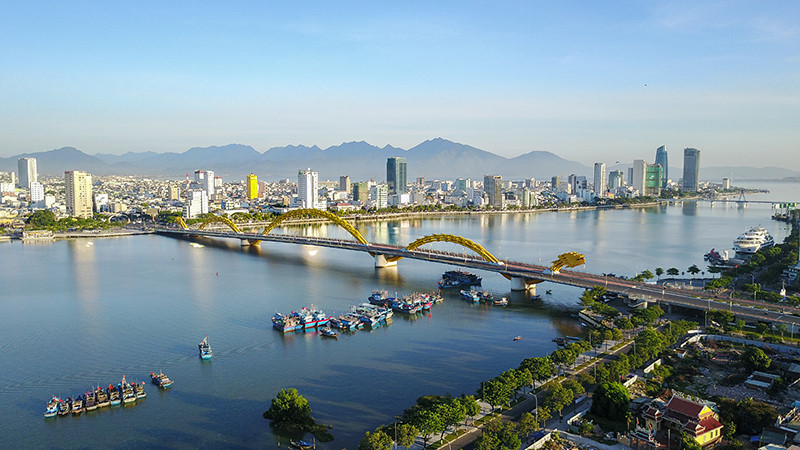
Da Nang has existed since the Champa dynasty. The Vietnamese have borrowed words from the Cham Pa language and have ingeniously Vietnameseized them, keeping both sound and meaning into easy-to-call places. The Southern Chinese pronounce Da Nang as Tu-rang, the Portuguese, when they came to Quang Nam in the sixteenth and seventeenth centuries, signed the sound as Turan, Turam, Turao, Turon, Turone, etc. Da Nang's name still means the big river flowing into the sea, showing the favorable location and busy and prosperous development conditions of this land.
In the middle of the sixteenth century, when Hoi An was already a busy trading center in the South, Da Nang was the location of the port, transshipment of goods, repairing ships. At the beginning of the 18th century, Da Nang's pre-harbour position gradually became an alternative trading port for Hoi An, especially when shipbuilding technology in Europe developed with large, deep-bottomed ships entering and leaving Danang easy. Especially after 1835, with the decree of King Minh Mang, Cua Han (named Da Nang at that time) became the largest trading port in the Central region. After completing the invasion of Vietnam in 1889, the French separated Da Nang from Quang Nam and renamed it Tourane to mark the birth of the city.
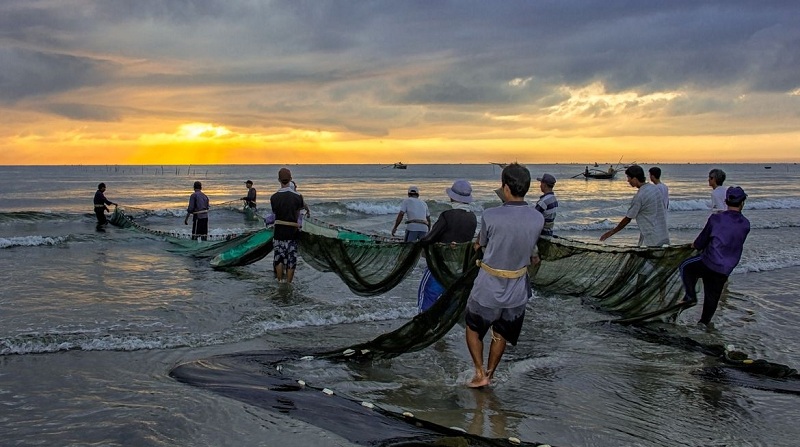
In the early twentieth century, Tourane was built by France to become a Western-style city. Investment in social infrastructure and production techniques. Production and business lines were formed and developed: agricultural production, handicrafts, processing for export (tea, food, food, soft drinks, ice, wine, fish sauce, dried fish), ship repair, service business. Along with Hai Phong and Saigon, Tourane became an important commercial center of the country. In 1950, the French handed over Da Nang to the Bao Dai government.
In March 1965, US Marine units landed in Da Nang and established here a large mixed military base. In 1967, Da Nang was designated as a city directly under the Central Government by the US puppet puppetry and determined to build Da Nang into a political, military and cultural center for tactical zones I and II. The US built in Da Nang military bases and infrastructure: airports, ports, warehouses, roads, public works, communication facilities, bank credit establishment. Hoa Khanh Industrial Park produces oxygen, acetylene, washing powder, milling, weaving... in this period the industry was developed at a higher level: industrial zones replaced craft sites. However, the war has left heavy consequences, hundreds of thousands of rural people have to flee to refugee camps, urban slums; Social evils increased rapidly, production did not develop.

In 1975, when peace was restored, Da Nang (a city directly under Quang Nam - Da Nang province) embarked on recovering the heavy consequences of the war. Although there are still many difficulties, the city's restoration and development has achieved many achievements, especially in the doi moi period, after 1986.
On November 6, 1996, at its 10th session, the IXth National Assembly passed a Resolution allowing Quang Nam - Da Nang province to split into Quang Nam province and Da Nang city directly under the Central Government. In terms of administrative boundaries, the new Da Nang city includes the former Da Nang city, Hoa Vang district and Hoang Sa island district.
Da Nang Climate and Weather Forecast:
Da Nang City lies on a “Tropical monsoon” climate. The highest temperature is about 31.7°C (89.06°F) and the lowest is about 19.4°C (66.92°F), with an average yearly temperature of 25.0°C (77.09°F). Annual rainfall averages about 1884.3 millimetres (74.19 inches).
Historical Monthly Average Weather Conditions and Temperature for Da Nang.
| Months | High / Low (°C) | Rain Falls |
|
January |
22.6° / 19.4° |
6.0 days |
|
February |
24.0° / 19.5° |
2.0 days |
|
March |
26.5° / 21.5° |
5.0 days |
|
April |
29.1° / 23.1° |
2.0 days |
|
May |
31.5° / 25.0° |
3.0 days |
|
June |
31.7° / 25.3° |
3.0 days |
|
July |
31.6° / 24.8° |
6.0 days |
|
August |
30.8° / 24.9° |
6.0 days |
|
September |
29.7° / 24.4° |
12.8 days |
|
October |
27.6° / 23.0° |
14.3 days |
|
November |
25.4° / 22.1° |
14.0 days |
|
December |
22.8° / 20.1° |
12.8 days |
Best Time to Visit Da Nang City of Vietnam:
Da Nang Vietnam is a great destination year-round. However, the best months to visit Danang are from March to May and September to October, when the weather is better with warm temperature. From June to August, you may see little rain and the sea is clear and calm. The rainy season in Danang from November to February brings long rains and moody weather.
Da Nang Transportation and Getting Around:
Da Nang International Airport has several daily connections to major cities in Vietnam. There are also a growing number of international connecting flights as well. Trains and buses pass through Da Nang City, making it a convenient travel hub to explore the central region. In town, taxis are abundant, as well as ride-hailing apps. Popular trips from Da Nang are easily arranged, whether heading to Marble Mountain, Son Tra Peninsula, Hoi An, or Hai Van Pass, Motorbike or Car Tours are readily available.
See Also:

Best of Vietnam
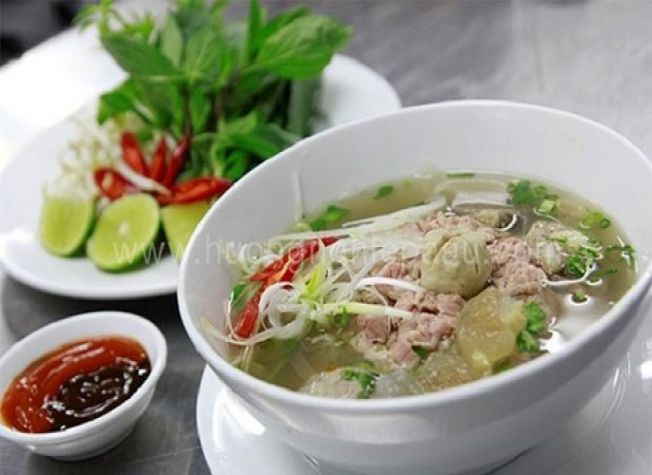
Best Vietnamese Food You Have to Try in Vietnam
Best Food in Vietnam: Vietnamese Traditional Food is top World well known to be both healthy and...

10 Best National Parks in Vietnam
Vietnam Travel Guide: If you look for the Best Wildlife Discovery Experience in Vietnam, here are...
Read More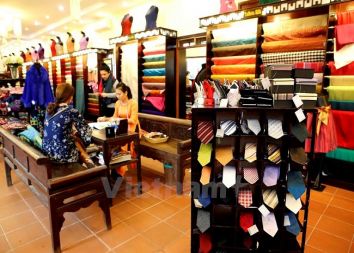
Best Souvenir to Buy in Vietnam
If you look for Best Things to Buy when traveling to Vietnam to bring home for your family & friends...
Read More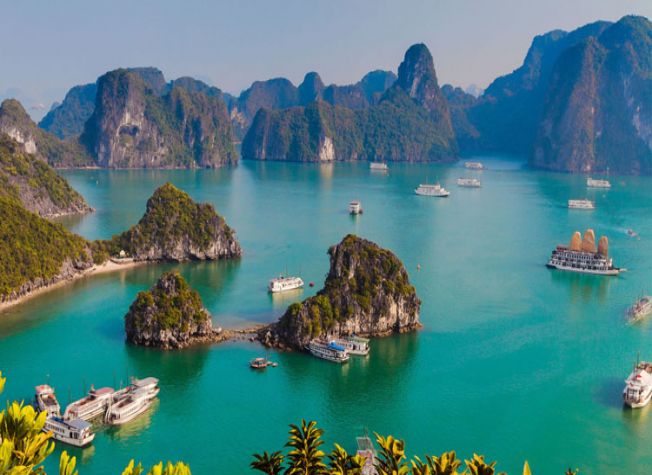
The 10 Best Places to Visit in Vietnam
Vietnam Travel Guide: Home to an extensive collection of historical and cultural attractions,...
Read More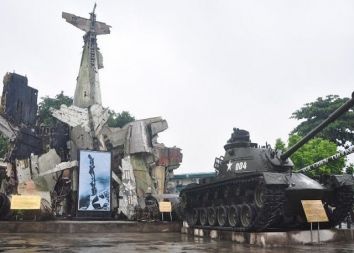
Top 10 Museums You Should Not Miss in Vietnam
Vietnam, 4.000 years old country has a unique and lengthy history, culture with 54 ethnic groups. It...
Read MoreFind your trip
Vietnam Best Tours
Vietnam Car Rental
Vietnam Travel Blog
- Vietnamese People: Origin, History, Culture and Traditions
- Vietnam Currency: Best ATM and Places to Exchange Money
- Vietnam Map: Regions, Cities & Provinces Map of Vietnam
- What is illegal Things in Vietnam: Rules & Laws for Tourists
- Best Time to Travel to Vietnam to Avoid the Bad Weather
- Vietnam News: Population & Religions of 54 Ethnic Groups









